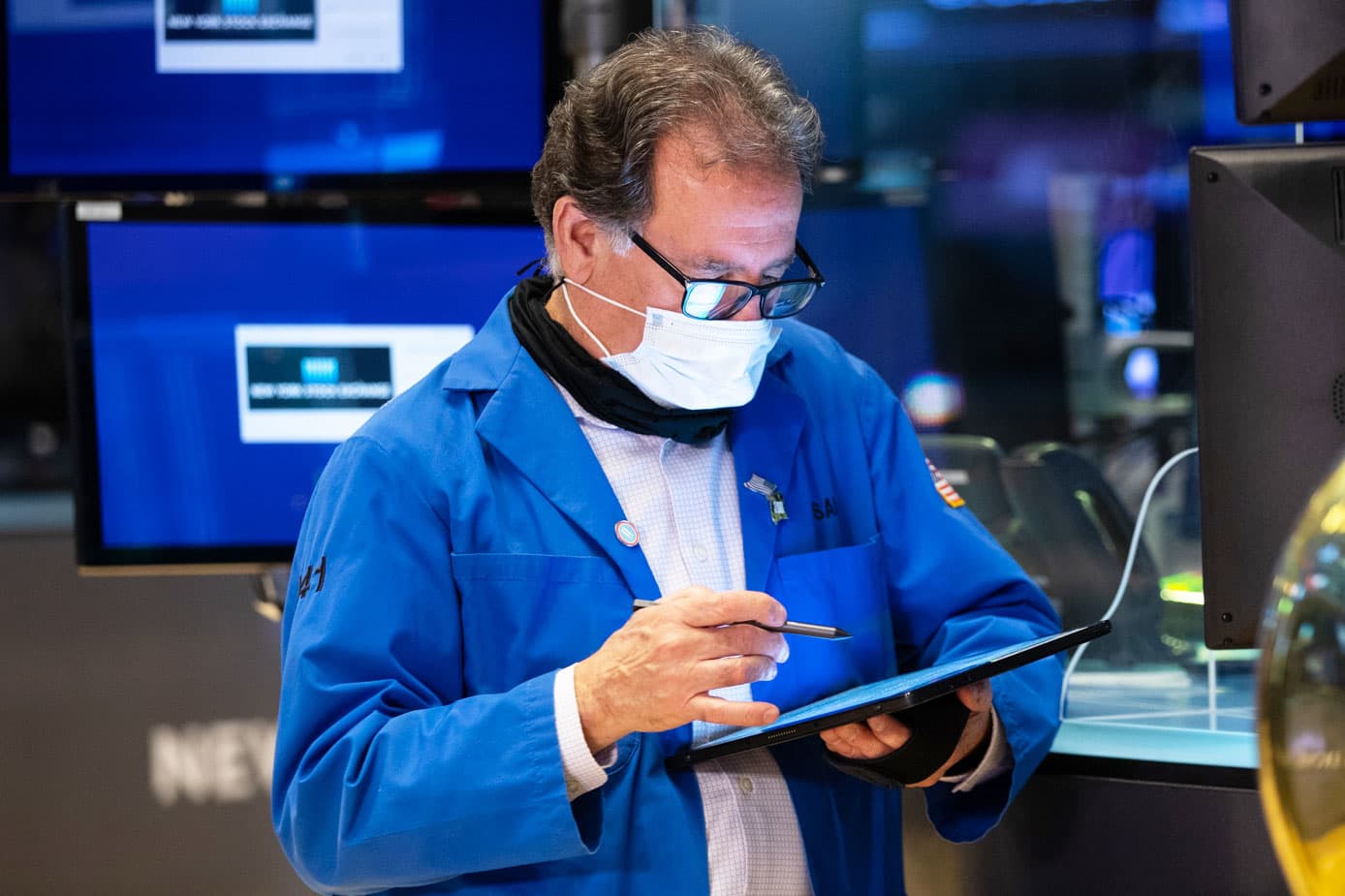Products You May Like
U.S. stock index futures were little changed in overnight trading Monday, after a wildly volatile session that saw the Dow erase a more than 1,100 point decline to finish the day in positive territory.
Futures contracts tied to the Dow Jones Industrial Average gained 19 points. S&P 500 futures were flat, while Nasdaq 100 futures dipped 0.1%.
During regular trading, the Dow gained 99 points, or 0.3%, and snapped a six-day losing streak. At the lows of the day, the 30-stock benchmark shed 3.25%. The S&P 500 advanced 0.28% for its first positive session in five, after losing nearly 4% earlier in the day. At one point the benchmark index fell into correction territory, dropping 10% from its Jan. 3 record close.
The Nasdaq Composite rose 0.6%, reversing a 4.9% decline from earlier in the day. The comeback was the first time the tech-heavy index clawed back a 4% loss to end higher since 2008.
“The buyers are coming in to buy the dip here,” Lindsey Bell, Ally’s chief money and markets strategist, said Monday on CNBC’s “Closing Bell.” “Things looked a little bit over-stretched to the oversold side, so it’s not surprising. But that doesn’t mean we are going to be in the clear … there’s a lot that we have going on this week,” she said
Ultimately, Bell said volatility is here to stay until the Fed begins hiking rates.
The Federal Reserve Open Market Committee will begin its two-day meeting on Tuesday, with an interest rate decision slated for Wednesday at 2 p.m. ET. The Fed is not expected to begin hiking rates just yet, so investors will be watching for an indication of when the Fed will begin hiking rates, and the pace of those hikes.
“We’re in what I call the triple threat of … rapidly rising rates, and the market has been working overtime, as have all of the algorithms, to try to figure out what that means, and what that pace means for valuations and global equities,” UBS Private Wealth Management’s Alli McCartney told CNBC Monday.
“Today is capitulation,” she said, before adding that while volatility is here to stay, the market narrative is beginning to shift towards one of strong earnings growth supporting stocks.
Monday’s volatility follows the S&P 500’s worst week since the pandemic took hold in March 2020. Both the Dow and S&P 500 are also on track for their worst month since March 2020.
Spooked by rising rates, investors have rotated out of high-growth areas of the market in favor of safer bets. The yield on the benchmark 10-year Treasury note stood at 1.769% on Monday.
The tech-heavy Nasdaq Composite has been hit especially hard and fell into correction territory last week. The index is down 11.4% so far this year, underperforming the S&P and Dow, which have declined 7.5% and 5.4%, respectively.
“Considering expectations for solid gains in the economy and corporate profits…we’re not convinced the fundamentals support any near-term technical weakness beyond the classic 10.0% correction,” said John Lynch, chief investment officer for Comerica Wealth Management. “Yet a review of the technical and fundamental backdrops suggests a bottom is forming,” he added.
A number of earnings reports are on deck for Tuesday before the market opens, including Johnson & Johnson, 3M, General Electric, American Express and Verizon.
Microsoft will report earnings after the market closes, along with Texas Instruments, among other companies.
